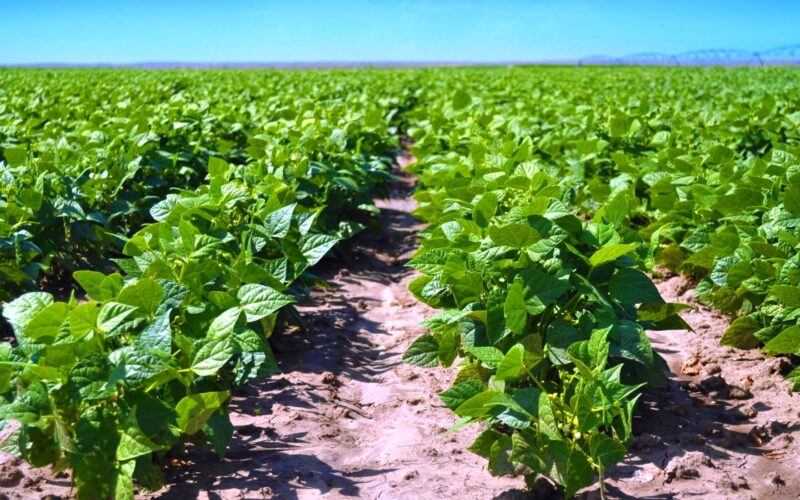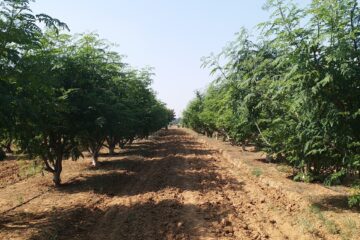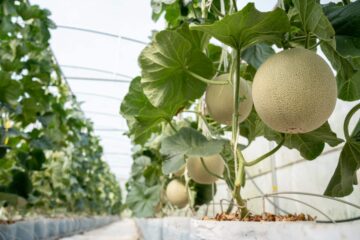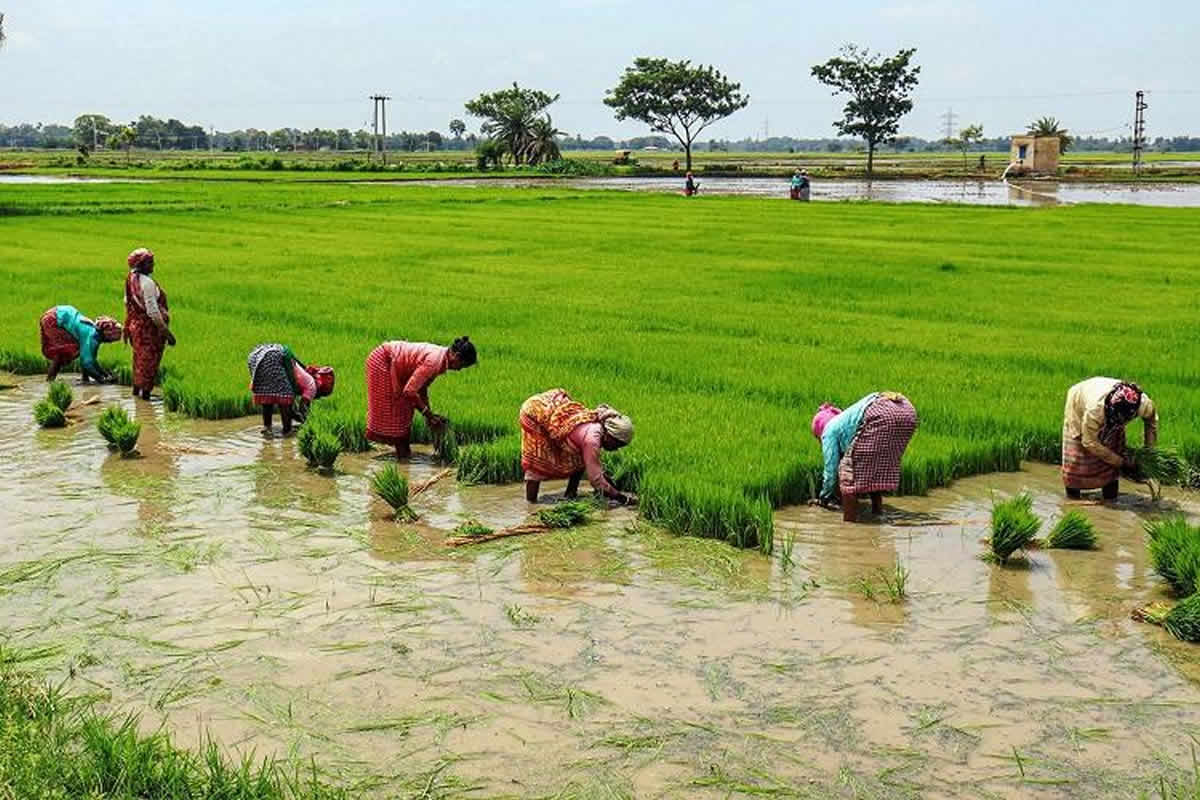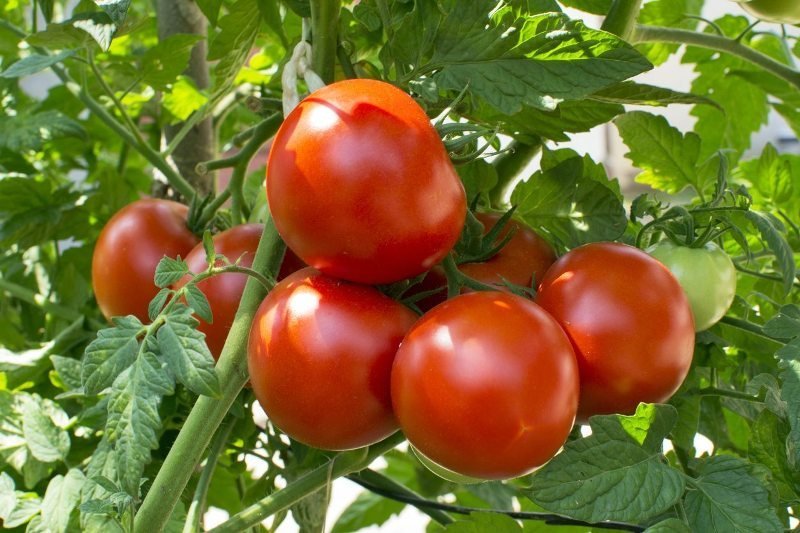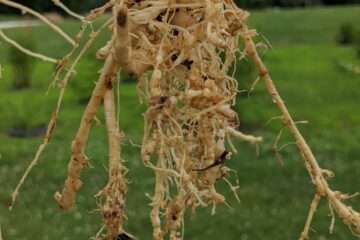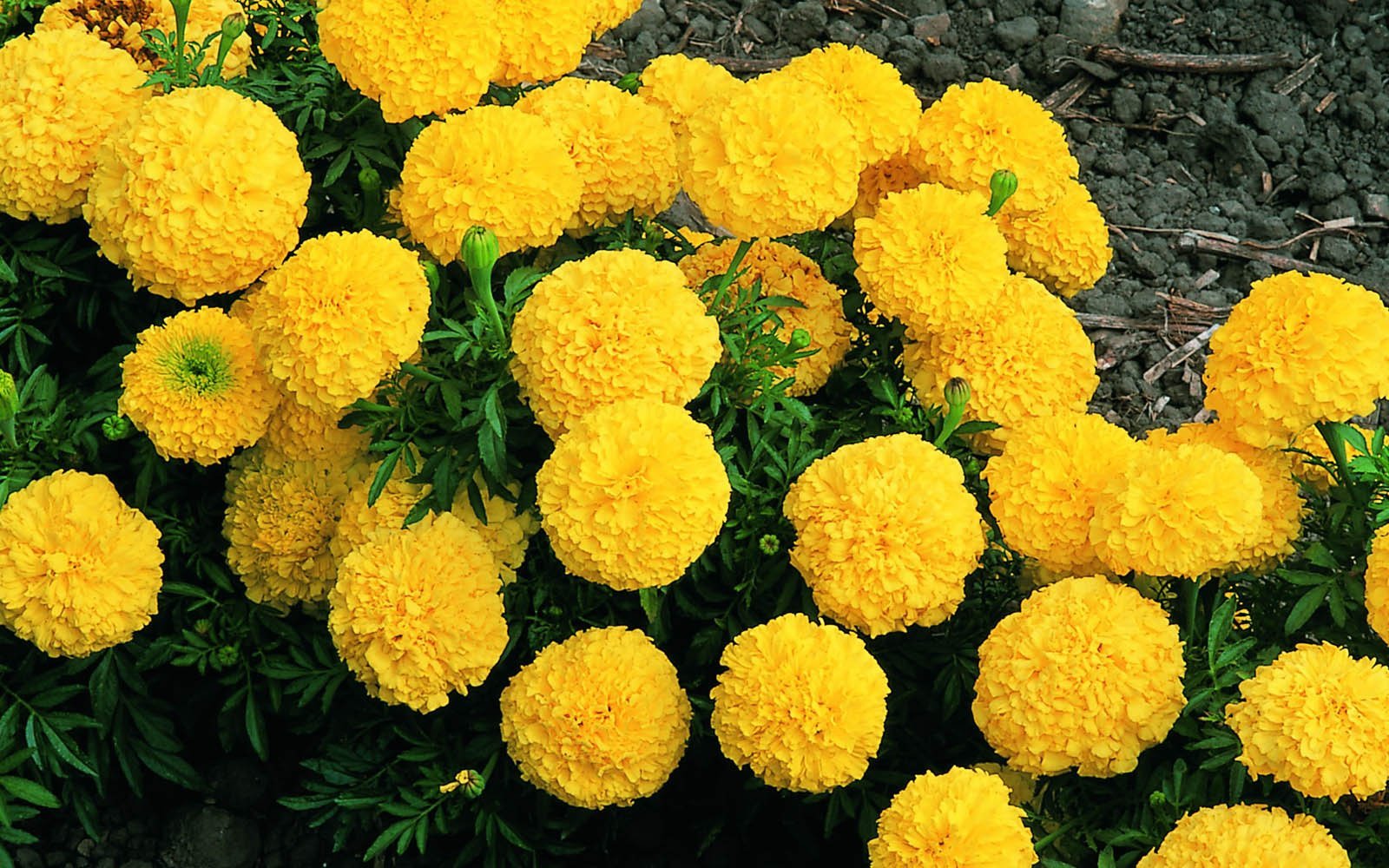There are several reasons for the low production of pulses in Tamil Nadu. Among these, crop loss due to pest and disease attacks is a significant factor. By adopting proper crop protection methods, a yield increase of 20 to 30 percent can be achieved.
The climatic conditions in Tamil Nadu are highly conducive to the outbreak of various diseases in pulse crops in different regions. Therefore, farmers should not act independently but should follow integrated disease management practices to protect their crops.
Let’s learn about the major diseases affecting pulse crops and the integrated management practices to control them.
Root Rot Disease
Symptoms: The affected plant’s leaves first turn yellow, wilt, dry, and fall off. Deep brown streaks can be seen at the base of the stem. The stem bark decays and peels off. Black sclerotia (fungal growth) will be seen on the affected stem and roots, making it easy to uproot the infected plants.
Control Methods: Before sowing, treat the seeds with 4 grams of Trichoderma (T. asperellum) or 10 grams of Bacillus subtilis or 2 grams of carbendazim per kilogram of seeds. For basal application, use 10 kg of zinc sulfate and 60 kg of neem cake per acre.
On the 30th day after sowing, apply 1 kg of Trichoderma (T. asperellum) or Bacillus subtilis mixed with 100 kg of well-decomposed manure per acre. Infected areas should be treated by mixing 1 gram of carbendazim 50% WP per liter of water and pouring it around the root zone.
Wilt Disease
Symptoms: Initially, the mature leaves at the plant’s base turn yellow, wilt, and fall, eventually causing the plants to dry up. The affected plant’s vascular bundles appear brown, and root growth is stunted.
Control Methods: Treat seeds as mentioned above. Use 10 kg of zinc sulfate and 60 kg of neem cake per acre for basal application. On the 30th day after sowing, apply Trichoderma or Bacillus subtilis mixed with well-decomposed manure and irrigate the soil. Pour carbendazim solution at the root zone of infected areas.
Stem Rot Disease
Symptoms: Purple or brown streaks appear on the stem base, forming sunken lesions. As a result, the stem softens and decays, leading to plant death. Leaf edges turn yellow and spread toward the midrib, with brown leaf spots growing larger, causing leaf drying and shedding.
Control Methods: Treat seeds with 6 grams of metalaxyl 35 WP per kilogram of seeds before sowing. If disease pressure is high, spray 200 grams of metalaxyl 35 WP per acre.
Powdery Mildew
Symptoms: The disease affects leaves, stems, flower clusters, pods, and other parts. Initially, grayish-white spots appear on the leaf surface, later spreading to cover the entire leaf, giving a whitish appearance. Affected pods shrink, shrivel, and turn black, eventually dropping off. White mold patches on leaves cause yellowing and drying.
Control Methods: Sow crops at the beginning of June to prevent the disease. Spray 600 grams of wettable sulfur 80% WP or 200 grams of carbendazim 50% WP or 200 ml of propiconazole 25 EC or a combination of tebuconazole + trifloxystrobin 50% + 25% at the onset of the disease.
Leaf Spot Disease
Symptoms: Small round spots appear on the leaves, spreading to the branches and pods. In favorable conditions, spots increase during flowering and pod formation, causing leaves to drop and leading to yield loss.
Control Methods: Use disease-free seeds. Spray 200 grams of tebuconazole + trifloxystrobin 50% + 75% WP or 200 grams of carbendazim 50% WP at the first sign of disease and again after 15 days.

